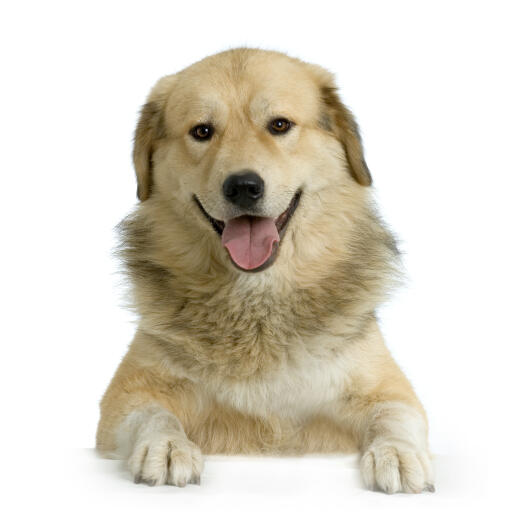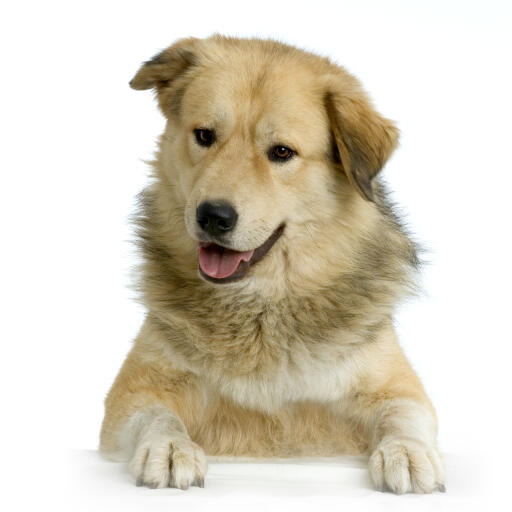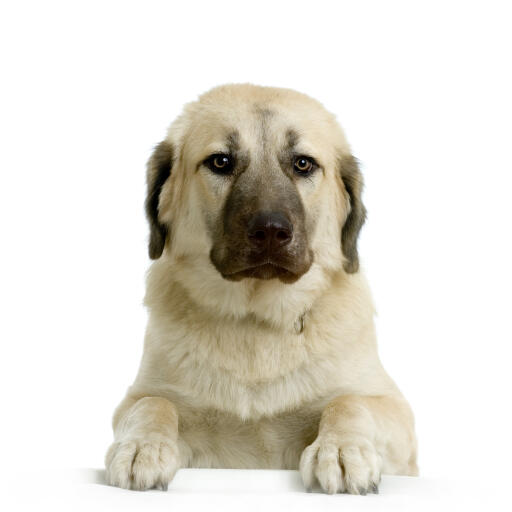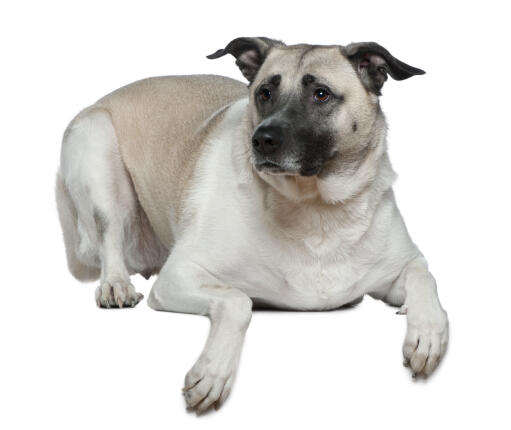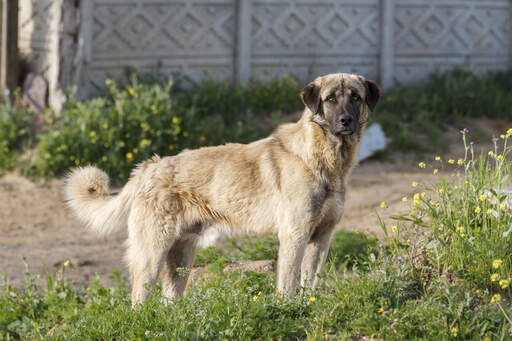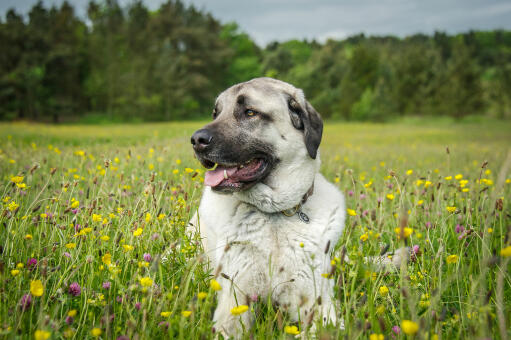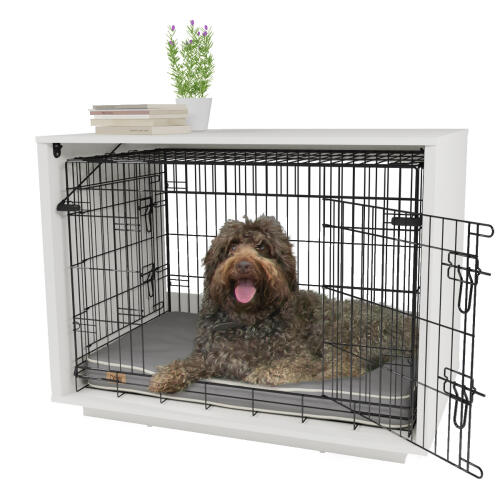Anatolisk hyrdehund







History
The Anatolian Shepherd dog originates more than 4000 years ago from the Anatolia region of central Turkey. It was used to protect livestock form wolves and bears. The breed probably stems from the Tibetan Mastiff and Roman Mollosian dogs. It was never used a shepherding dog, but has great power and can run down the largest of threats. They would accompany nomadic shepherds to the grazing areas and would be left to fend for themselves. They would actively seek out the predators, before they could attack the flock.
Behaviour
This breed is known for it's devotion to it's family and ability to protect. They are happiest with human company, but will try and become pack leader. Not best suited living in a small house due to their size, but they get on well with other pets/cats if introduced at an early age. They are good with children and very easy going, but not very playful. They are protective of their families and can be territorial, so it is vital to introduce them to as many people as possible at an early age, introducing 'strangers' into the home as often as possible so that the dog gets used to it. They are suspicious of strangers and will bark to raise the alarm. Training is essential and control needs to be firm with such a large breed. They aren't difficult to train and are happy to please you, but will try and push boundaries as they are independent thinkers and will sometimes want to do their own thing. Trying to walk an Anatolian who pulls on the lead is not for the faint hearted. They are very strong dogs and will easily pull you over. Anatolians mature between 18 months and 3 years and can act like a puppy for a long time. When out walking, a secure area is best to start with. They will learn recall but this must be constantly reinforced as they have a tendency to roam. A long daily walk is needed with this breed to tire them out. They are affectionate towards their owners but not overly so.
Coat care is minimal, just a weekly brush to get rid of dead hair. Like most larger breeds they can suffer Canine Hip Dysplasia and are also sensitive to anesthesia.
Temperament
The Anatolian Shepherd dog has a laid back easy going temperament but they are also very dominant powerful animals. This means that they make great guard dogs who are very protective of their territory and family but will need firm training from puppyhood.
They are tolerant of children and submissive dogs but do not have a particularly playful nature. This type of dog will howver be suspicious of strangers and should be carefully controlled around other dogs that are unfamiliar.
Health Problems
Health problems that are associated with Anatolian Shepherd dogs include canine hip dysplasia (CHD), entropion (eyelids turn inwards and rub against the eyeball).
Breed Details
- Status: Common
- Life Expectancy: 13 - 15
- Vægt: 41 - 68
- Højde: Males from 29" Females from 27"
- Rare: Nej
- Coat: Medium - Lavt
- Grooming Requirements: More than once per week
- Town or Country: Land
- Minimum Home Size: Large House
- Minimum Garden Size: Large Garden
- Breed Type: Guard Dog
- Størrelse: Giant
- Energy Level: Høj
- Exercise Required: Over 2 hours

